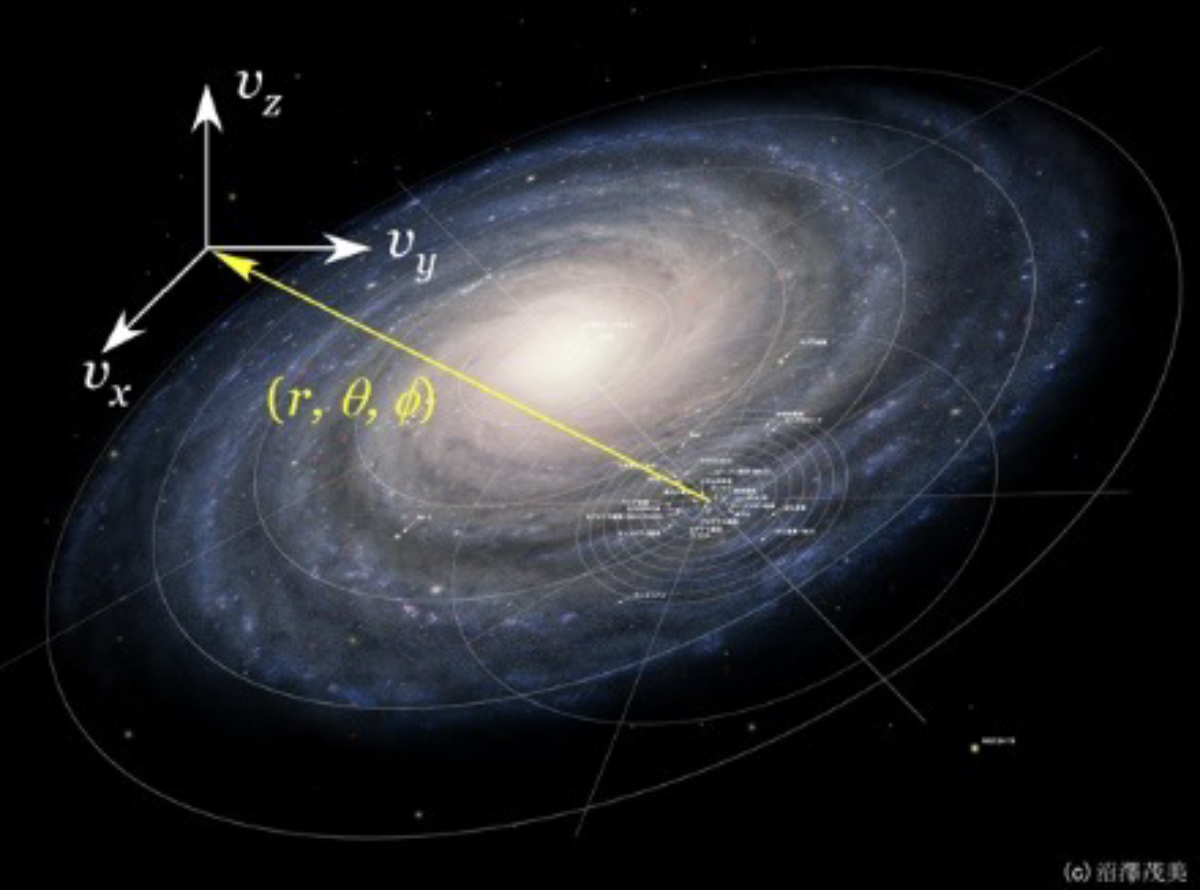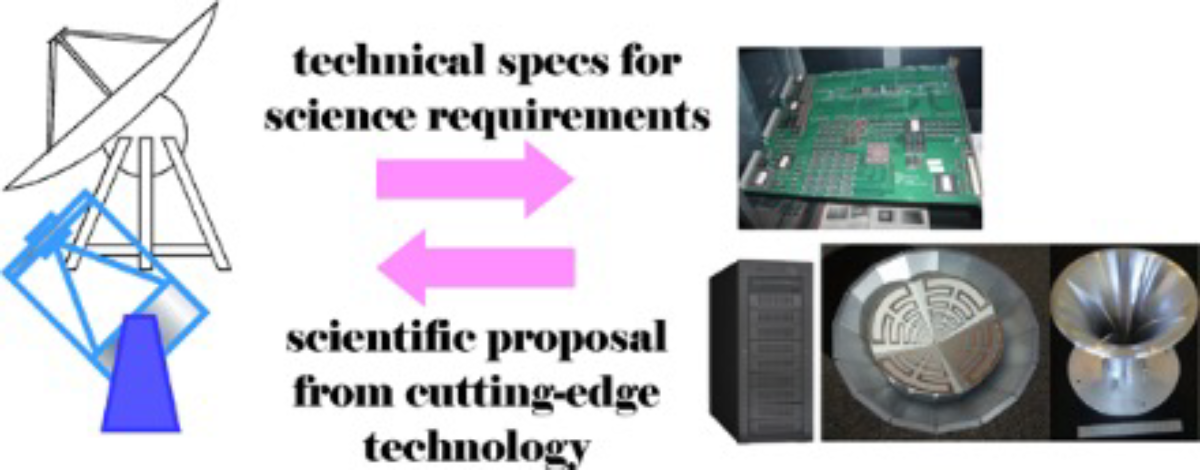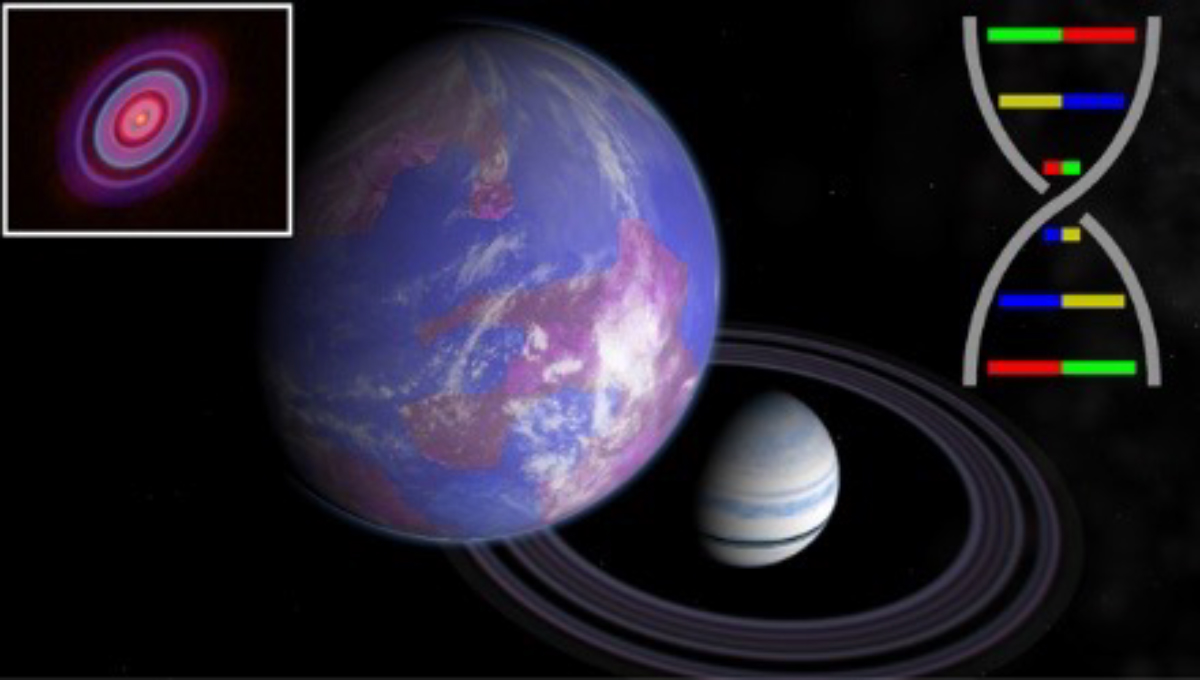Research of AGARC
The Milky Way Galaxy is a large group of stars to which our solar system belongs. The Milky Way is an ideal object for understanding the evolution of the universe as a whole, as well as for understanding the evolution of stars and interstellar gas and the effects of the environment on them, and is a key object for promoting research that connects the two.
With this background, the AGARC will pursue themes related to the Milky Way Galaxy based on four themes.

6D Astronomy
By studying the distances, positions, intrinsic motions, and line-of-sight velocities of the astronomical objects (especially stars) in the Milky Way Galaxy using precision positional astronomical observations, we can determine the positions and motions of these objects in three dimensions. By directly investigating the structure and motion of the objects in the Milky Way galaxy and comparing it with the results of theoretical simulations, we can literally investigate the reality of the Milky Way galaxy in three dimensions based on this 3 + 3 = 6 dimensional information. This kind of research is possible only in the Milky Way Galaxy in the universe.

Cosmic Material Circulation
The interstellar gas and stars in the Milky Way Galaxy are changing their shapes over a time scale of hundreds of millions of years. By investigating these interrelationships and comparing them with the surrounding situation, we will be able to elucidate the “dark side” of the cosmic material evolution, which is the period between material ejection from stars and the birth of stars. We will elucidate the “dark side” of the evolution of matter in the universe.

Development of advanced observation technology
Astronomical observations require instruments with extreme performance. Past history has proven that the technological development required for this will bring about a totally revolutionary innovation, different from following the market. At the AGARC, we will continue to develop world-first technologies by focusing on such technological development.

Space Life Environment
Is there life in the universe other than on Earth? The possibility of a science-based answer to this long-standing human question is increasing. In 1995, the existence of planets outside our solar system was proven, and research on how these planetary systems were formed is now being conducted worldwide. The AGARC, with the participation of researchers in geophysics and medicine, will pursue this mystery through comprehensive research, from life on Earth in the space environment to research on the Earth and extrasolar planetary systems as environments for life.

